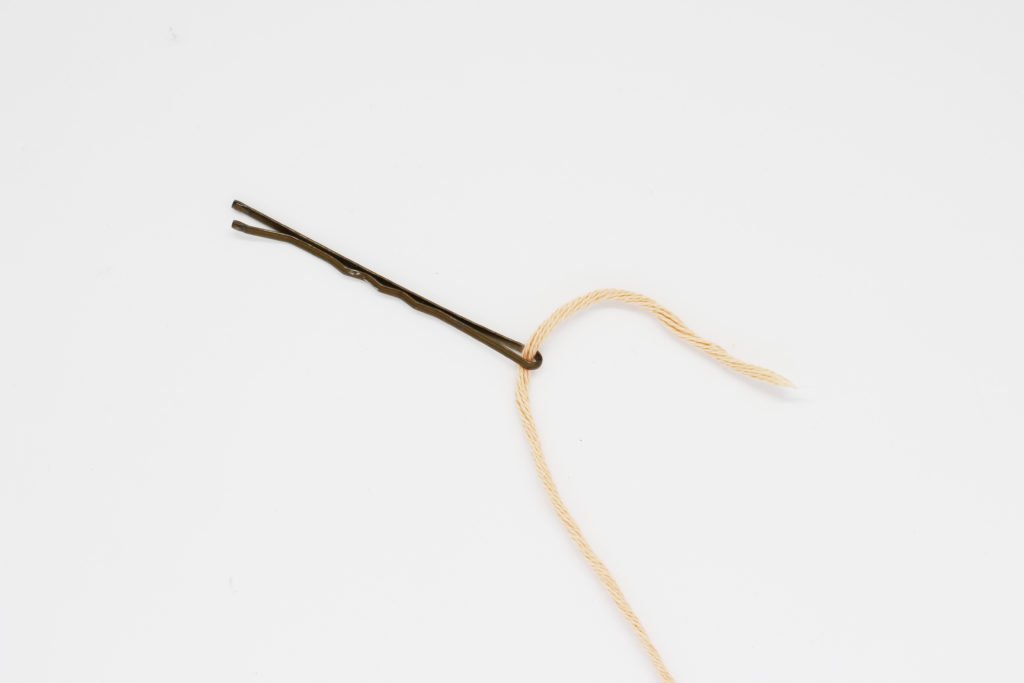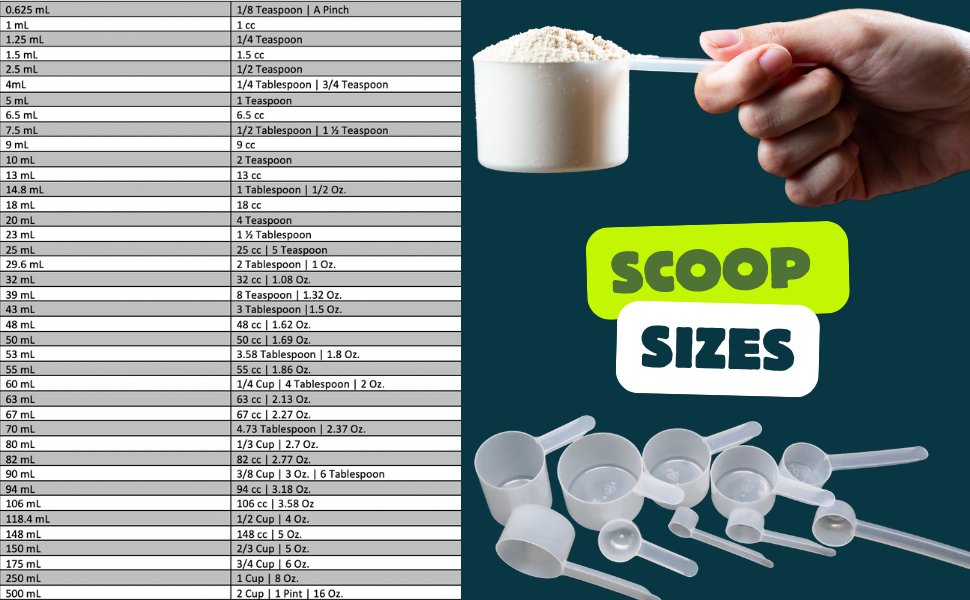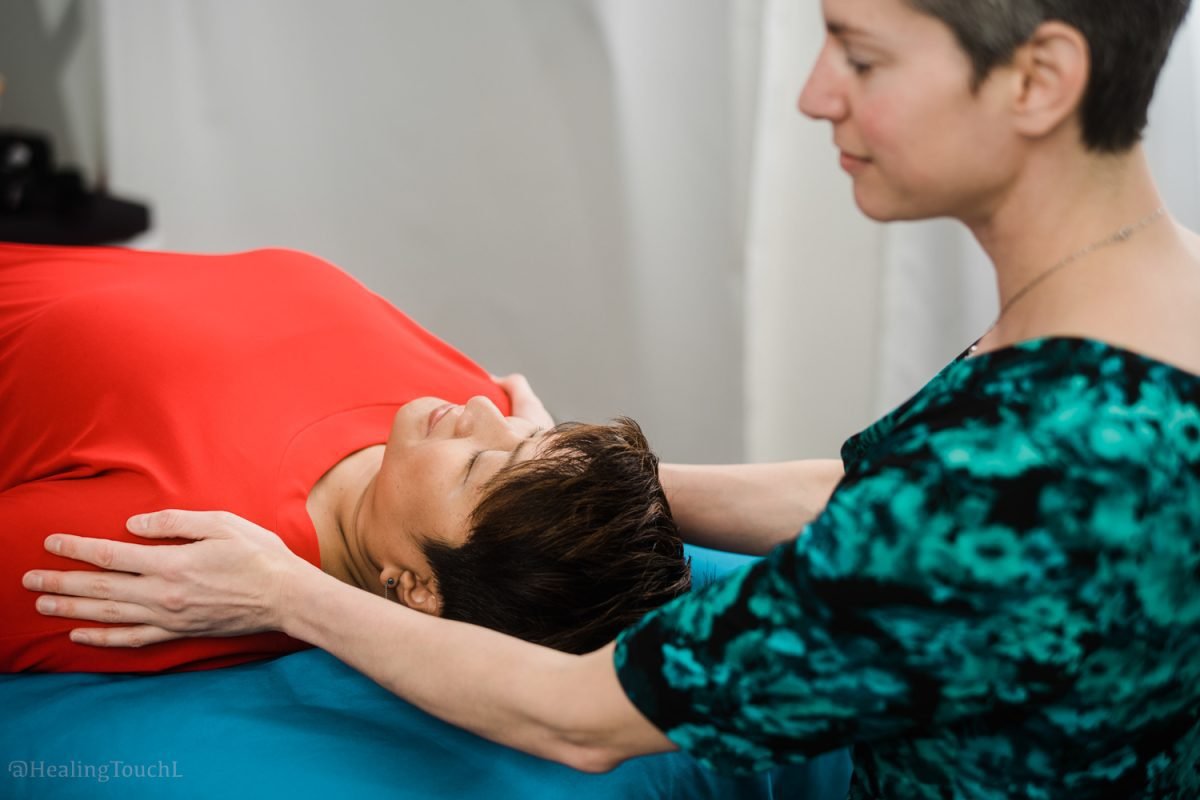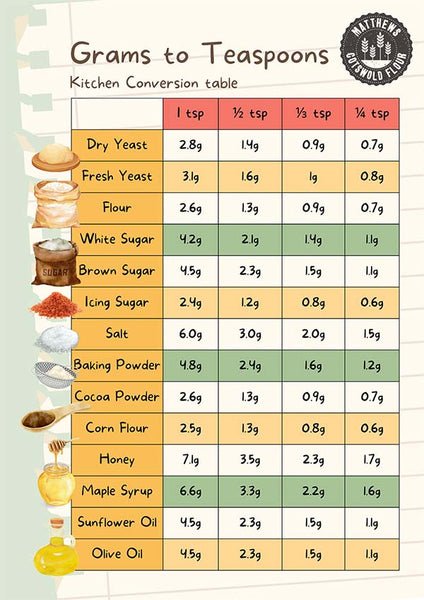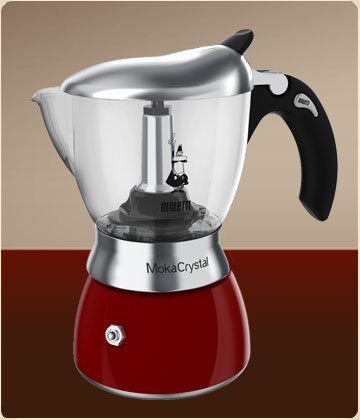Worrying about adult children can be exhausting, but there are ways to ease your mind. By setting clear boundaries and fostering open communication, you can build a healthy relationship based on trust and respect. Remember, it’s okay to take a step back and allow them to navigate their own paths. Embrace the idea that you’ve raised capable individuals who are equipped to handle life’s challenges. Let’s explore effective strategies on how to stop worrying about adult children and cultivate peace of mind.
How to Stop Worrying About Your Adult Children
Welcome to our guide on how to stop worrying about your adult children. As parents, it’s natural to care deeply about our children, no matter how old they are. However, constantly worrying about them can impact your mental health and strain your relationship with them. In this article, we will explore effective strategies to help you ease your worries and foster a healthier relationship with your adult children.
Understanding the Need to Let Go
One of the first steps in stopping worrying about your adult children is understanding the importance of letting go. As parents, our instinct is to protect and guide our children, but as they grow older, it’s essential to recognize that they need space to make their own decisions and learn from their experiences. Hovering over them with worry can hinder their growth and independence.
It’s crucial to acknowledge that your adult children are capable individuals who have their own lives to lead. Trust that you have raised them to make sound choices and handle challenges on their own. Remember, worrying excessively won’t change the outcome of their decisions; it will only affect your well-being.
Communicate Openly and Set Boundaries
Effective communication is key to reducing worry and strengthening your relationship with your adult children. Have honest conversations with them about your concerns, but also listen to their perspectives without judgment. Encourage open dialogue where both parties can express their feelings and thoughts openly.
Setting healthy boundaries is also essential in alleviating worry. Boundaries help establish a clear understanding of each other’s expectations and limitations. It’s okay to offer support and guidance, but it’s equally important to give them the space to handle their responsibilities and decisions independently.
Focus on Self-Care
Worrying about your adult children can consume your thoughts and emotions, leading to stress and anxiety. Prioritize self-care to maintain your well-being and manage your worries effectively. Take time for activities that bring you joy and relaxation, such as hobbies, exercise, or spending time with friends and family.
Practicing mindfulness and relaxation techniques, such as meditation or deep breathing exercises, can help calm your mind and reduce anxiety. Remember that taking care of yourself is not selfish; it’s essential for your mental and emotional health, enabling you to support your adult children from a place of strength.
Trust in Their Abilities
Trust plays a significant role in letting go of worry. Trust in your adult children’s abilities to navigate life’s challenges and make decisions that are best for them. Remind yourself of the values and skills you have instilled in them throughout their upbringing, and have faith that they will apply them when faced with difficult situations.
Acknowledge that making mistakes is a natural part of learning and growth. Instead of dwelling on worst-case scenarios, focus on empowering your adult children to learn from their experiences and become resilient individuals. Trust that they have the resilience and determination to overcome obstacles and emerge stronger.
Seek Support When Needed
If your worries about your adult children become overwhelming, don’t hesitate to seek support from a therapist or counselor. Talking to a mental health professional can provide you with coping strategies and tools to manage your anxiety effectively. They can offer a fresh perspective on your concerns and help you develop healthier ways to support your adult children.
Additionally, connecting with other parents who are experiencing similar worries can provide a sense of community and understanding. Joining support groups or online forums can offer a safe space to share your feelings and seek advice from individuals who are going through similar challenges.
Celebrate Their Successes
As you work on letting go of worry, remember to celebrate the successes of your adult children. Acknowledge their achievements, no matter how big or small, and express pride in their accomplishments. By focusing on their positive moments, you can shift your perspective from worry to appreciation and encouragement.
Encourage open communication where they can share their triumphs with you, fostering a supportive and loving relationship. Celebrating their successes not only boosts their confidence but also reinforces your belief in their capabilities, strengthening your bond as parent and child.
In conclusion, learning how to stop worrying about your adult children is a process that requires trust, communication, self-care, and support. By understanding the need to let go, communicating openly, focusing on self-care, trusting in their abilities, seeking support when needed, and celebrating their successes, you can ease your worries and cultivate a healthier relationship with your adult children.
Remember to practice patience and compassion with yourself as you navigate this journey. Your love and support will always be valuable to your adult children, even as they continue to grow and thrive on their own paths.
How to stop worrying about your grown child
Frequently Asked Questions
How can I manage my worries about my adult children?
To manage worries about your adult children, it’s essential to focus on what is within your control. Stay connected with your children through open communication and offer support when needed, but also allow them the space to make their own decisions and learn from their experiences. Engage in self-care activities that can help reduce stress and anxiety, such as mindfulness exercises, hobbies, or seeking support from friends or a therapist.
What are some practical ways to support adult children without worrying excessively?
You can support your adult children by being a good listener, providing guidance when asked for, and offering encouragement. Setting healthy boundaries is crucial to prevent over-involvement and maintain a healthy parent-child relationship. Trusting your children’s abilities to handle challenges and respecting their autonomy can also help reduce unnecessary worries.
How can I shift my focus from worrying to enjoying my relationship with my adult children?
One way to shift your focus from worrying to enjoying your relationship with your adult children is to practice gratitude. Reflect on the positive aspects of your relationship and celebrate their accomplishments and growth. Engaging in activities together, whether in person or virtually, can strengthen your bond and create joyful memories that overshadow worries. Remember to prioritize your well-being and pursue activities that bring you joy and fulfillment outside of your role as a parent.
Final Thoughts
To stop worrying about adult children, establish clear boundaries and let go of the need to control their choices. Communicate openly and express your concerns without judgment. Trust in their abilities and allow them to learn from their own experiences. Remember, your role is now to offer support and guidance, rather than fix every problem. Ultimately, embracing this shift in perspective will reduce anxiety and strengthen your relationship with your adult children.

